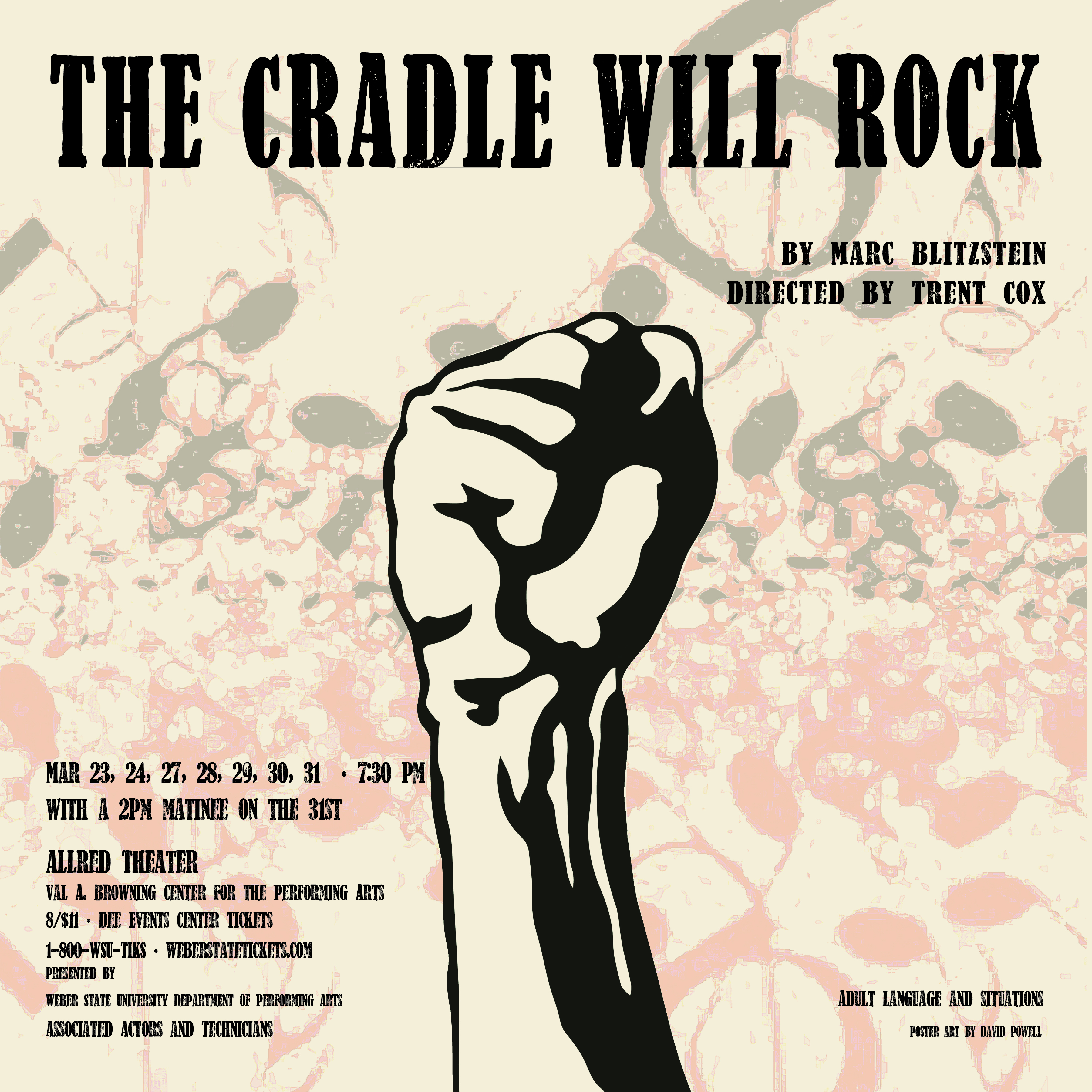SALT LAKE CITY — There’s something intimidating about Hamlet. Whether seeing it or reading it—and I’m certain performing it—it’s a daunting task to approach the play that many argue is the greatest ever written in English. Charles Morey and the Pioneer Theatre Company have chosen not to be intimidated by the task, and in fact embrace it wholeheartedly.
Michael Crane gives a bravura performance in the title role. He exudes a sad darkness that made me aware of who he was before he uttered a word. Director Charles Morey takes full advantage of this throughout the play, but particularly in the staging of the first scene in which Hamlet appears: it’s a grand banquet and everyone is celebrating except for the lone countenance brooding at one end of the table. I was instantly drawn to him and his plight. Crane’s melancholy is catching, nearly becoming a character in itself. He carries himself as if literally in pain, a creature tortured body and soul. His grief at the recent death of his father is so tangible that the handful of times he expresses joy feel like gifts.
Also particularly impressive was Greg Thornton, who does a remarkable job of making Claudius the most reasonable of villains; watching him, I considered for the first time the possibility that Claudius might have killed his brother not for selfish reasons but for the benefit of Denmark; perhaps the elder Hamlet was a bad king and Claudius felt he had a duty to fulfill in taking his throne. A writing teacher once told me that the best villains believe they are acting in the right; Thornton’s Claudius is a fine example.
Veteran actor Noble Shropshire offers much needed comic relief as Polonius, the verbose courtier who misdiagnoses the source of Hamlet’s “madness.” Shropshire displays an incredible understanding and taste for the text, and I looked forward to his appearances.
The cast speaks Shakespeare’s potentially thorny language with ease. There were a few moments when volume took the place of intensity, and I wished more could be left to the nuances of the text: it was as if there were emotional exclamation marks happening on stage when only periods were necessary. An example was right after that initial introduction to Hamlet, when the prince is first left alone and he delivers one of Shakespeare’s most renown soliloquies: “O that this too too solid flesh would melt.” But first Crane literally slid to the floor in a heap; it’s a visual cue I could have done without.
I also regretted not having much of a connection to the doomed romance between Hamlet and Polonius’s daughter Ophelia (Nisi Sturgis). I wanted to feel the weight and history of their relationship; what I got was that she was terrified of him. Their relationship could be abusive, but is that all that is going on? Why does she stay with him?
One of my favorite scenes comes late in the play, when Hamlet makes an inconspicuous return to Denmark and stumbles upon a fellow digging a grave. Morey’s production trimmed the scene for time but the gist was there, allowing Hamlet to have one of his most straightforward and touching musings on death. Paul Kiernan is a joy as the sharp-witted gravedigger: he is one of the few characters who speaks frankly with Hamlet, and his candor is very welcome.
Director Morey’s production was greatly enhanced by its design, particularly by Gary English’s deceptively simple set. A vaulted ceiling of iron beams supported by huge, glossy granite walls greets the audience as they enter; the rooms of Elsinore feel open yet inescapable. The set allows for some wonderful theatricality which I won’t spoil for you. Morey uses the hard angles and lofty spaces to create beautiful stage pictures that add to the story rather than distract from it.
I’ll admit I was slightly disconcerted by the costumes; while Susan Branch Towne’s designs are lovely and the cast is stunning in them, Hamlet’s looks struck me as too contemporary; for example, in the final scene he wears a dark turtneck and trousers while everyone else is dressed in the finery of the early twentieth century. This was potentially a conscious choice, perhaps to emphasize Hamlet’s isolation, but the contrast was a bit stark.
I enjoyed the cutting of the script; the pace was crisp, centered on action and constantly moving forward. Unfortunately, the pace goes a little awry in the final climatic scene; everything before builds up to that moment, and the payoff didn’t quite meet my expectation. For the first time the open space of the stage was cramped and crowded, and the iconic fencing battle between Hamlet and Laertes (Michael Zlabinger) lagged and felt rehearsed. Of course, it’s possible that the lags I felt were just a result of opening night and may sort themselves out later in the run.
What a pleasant wonder to see a flagship of literature presented so well in a Utah theatre. This wasn’t my first encounter with Prince Hamlet, but seeing his story unfold on the Lees main stage Friday night was like being reunited with an old friend. Pioneer Theatre Company’s production of Hamlet is an evening well spent; I highly recommend it.
Also, thanks to Sasha at Will Call for taking such good care of me.






